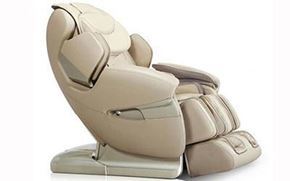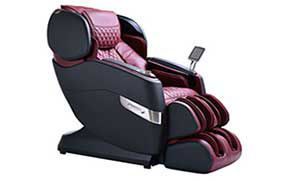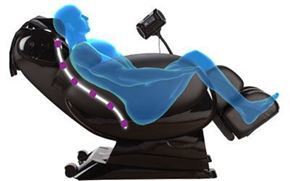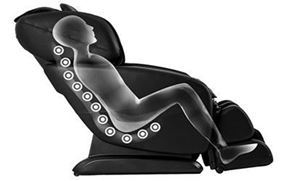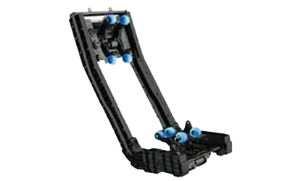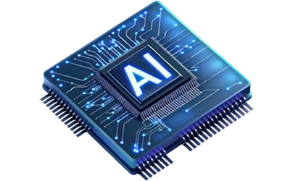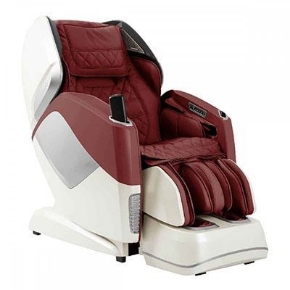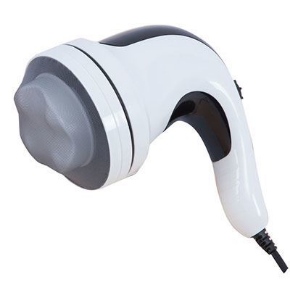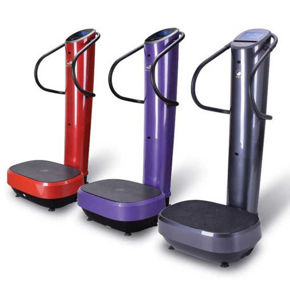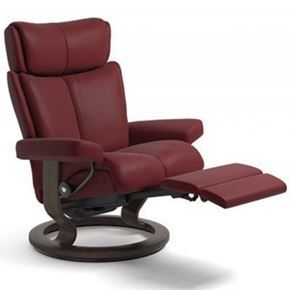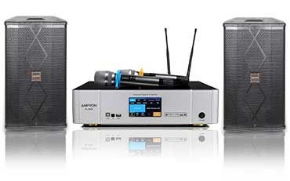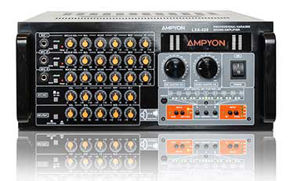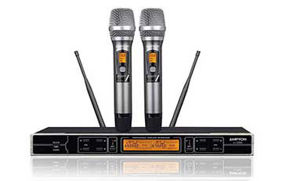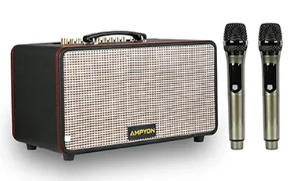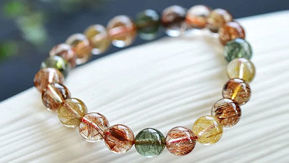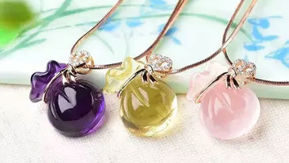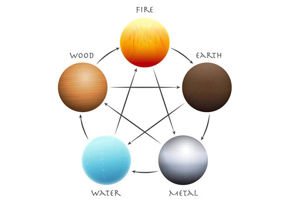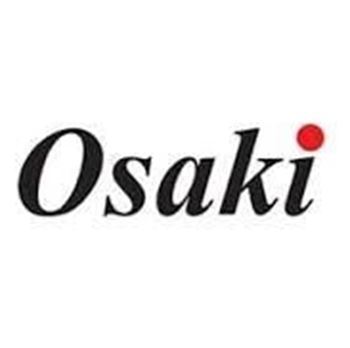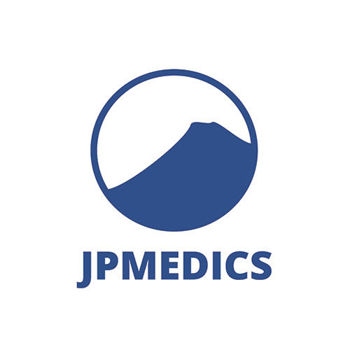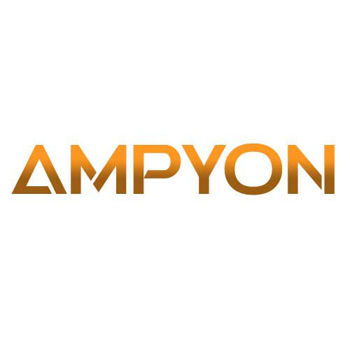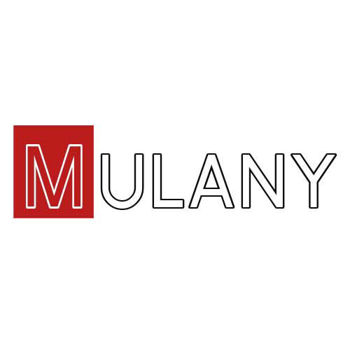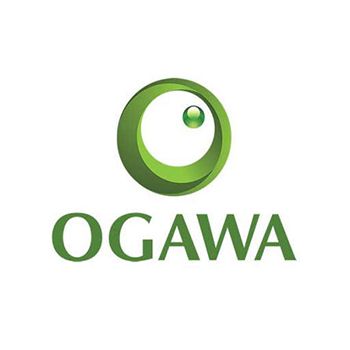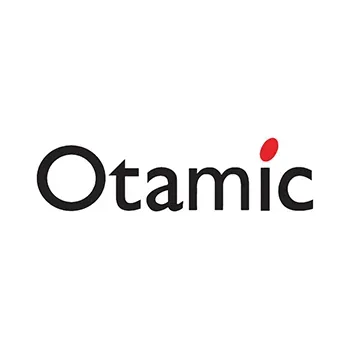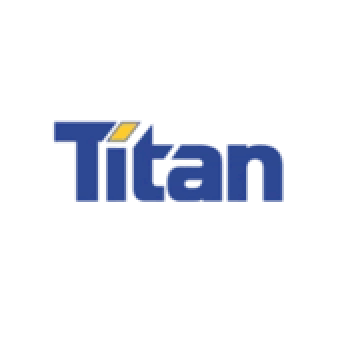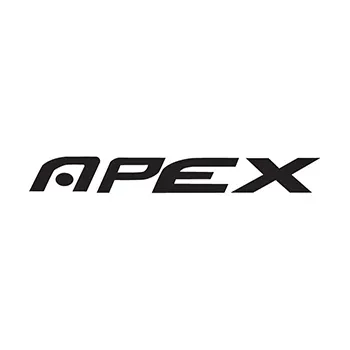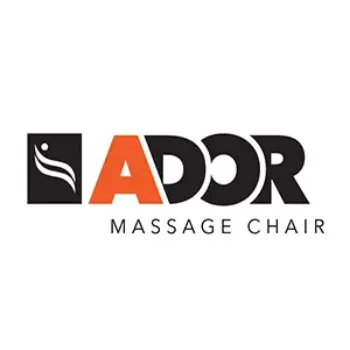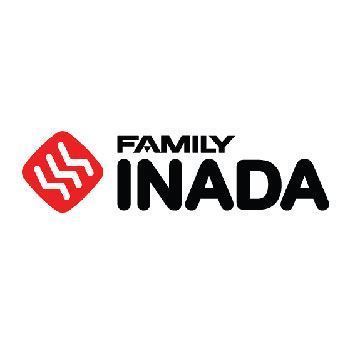Of course, building the pond isn’t enough, the pond, as well as the Koi needs to be maintained for longevity. When these incredible creatures are added to a beautiful and aesthetically crafted lake, they really make the exterior of the environment look amazing. Ponds and aquarium need to be taken care of in like manners, and optimum cleaning requires weekly maintenance.
Most pond owners are taught to do the cleaning in the spring at most once per year. Truly, this is insufficient. The only reason why your aquarium stays clean and crystal clear is due to the weekly cleanings you carry out to remove excess fish nutrition and waste that may eventually lead to poor water quality and algae growth. In like manner, your pond needs the same amount of consideration.
This article highlights the most effective tips for Koi pond maintenance.
- Avoid Overfeeding
Over feeding your Koi fish is an unhealthy practice and hence, must be avoided no matter what. Over feeding is commonly misunderstood for infrequently feeding your Koi fish. This is simply because they are fed, the more waste they will produce. More so, over feeding your Koi fish is actually more harmful than starving them. Too much waste in the pond increases ammonia levels to a point where the water becomes toxic. As a matter of fact, the time of feeding is perhaps the best time to assess your Koi fish closely. Such an evaluation is accurate! This will help you detect any injuries or diseases that might have struck the fish.
- Filtration
Filtration helps to support the Koi and other living organisms in your pond. The filter acts as a cleaner for both the pond and the water to help keep the water sparkling clean. The filtration system maintains the water clarity, while some help to restrict the growth of algae and other harmful organisms. This implies that the fish can live longer in a tranquil environment without striving for food and air.
Debris and dirt in a Koi fish pond can also be managed with the help of certain types of bacteria. These bacteria help to break down the accumulated dirt and debris on the bottom of the pond to aid the filtration process. There are diverse kinds of filters available; you should consult a professional Koi dealer in order to choose the right filter to fit the depth and size of the pond considering the number of fish in the pond. It is also important to make sure the filter is working the way it ought to be. A broken filter can prove calamitous if not detected earlier. That is why proper assessment of filters has to be carried out!
- Replacing Failed Parts
Pumps and electrical parts including underwater lights and bulbs for UV system are not designed to last forever. The average life expectancy is about 2 to 2½ years. Make sure your pond is designed in a way that you won’t have to drain it before carrying our electrical maintenance. Make an arrangement for a standby spare pump to prevent the death of Koi as they die after a few hours without aeration.
- Maintain The Right Temperature
People living in colder regions will be happy to realize that Koi can survive during the winter months. Koi easily hibernate under the water when ice deposits on the surface of the water. So as to ensure safety, a water heating system has to be employed to maintain the right temperature for their growth.
- Shade
It is recommended that you stock your pond with lots of aquatic plants that will cover about 60% of your pond’s surface. These plants provide shade and shelter for your fish that helps to prevent algae growth. They also consume the main nutrient (phosphorous) in the pond water that causes algae growth. Consequently, this helps to keep your pond clean and algae-free.
- Partial Water Changes
In the event that the pond water has to be changed, try not to change all at once - carry out regular partial water changes. Partial water changes are essential in removing accumulated nitrates from the pond water. Nitrate accumulates as a result of the biological filtration system that can lead to water discoloration and algae bloom.
- Water Quality
Taking care of your pond water is very important in order to minimize ailments as well as improve the overall health of your Koi. Every pond owner must aim at achieving crystal clear water for their pond. Keeping it healthy and clear is a matter of maintaining the pH, nitrates, and ammonia levels, keeping algae in check and treating the water for chlorine and other toxic chemicals/substances that may threaten the lives of your Koi. Create a schedule to clean the filter and make sure you clean the water even if it looks clean and clear.
- Always Get The Chemicals Ready!
No matter how hard we try to maintain pond water, there are always chances that the water is still vulnerable to various problems. Sometimes it might be as a result of a slight change in the pH or ammonia level that will pollute the water and eventually lead to the death of Koi. Using the right chemicals help in such cases; they will not only kill parasites but will also prevent new ones from inhabiting. These chemicals are extremely helpful and must always be readily available beyond the reach of children.
This ensures that you can rectify any problem immediately in case things go sideways. These chemicals have an expiry date; always make use of chemicals that will last for about a minimum of 3 months.
- Chlorinated water is hazardous to Koi and fish generally, and should be neutralized before use.
- Never toss coins on the pond as they toxic to the health of Koi.
Note: Whenever you observe any dead Koi, it is advisable to remove them immediately from the pond else it will make the water become tainted if left for too long – there is also a possibility that what killed the Koi can spread to other fish.

